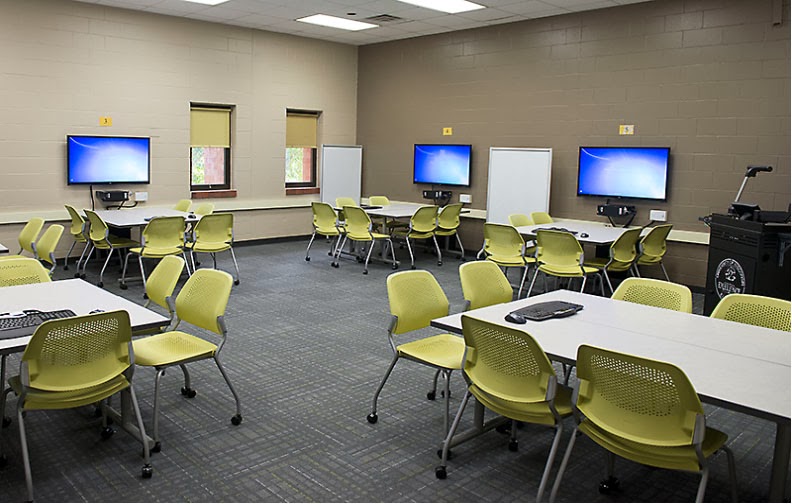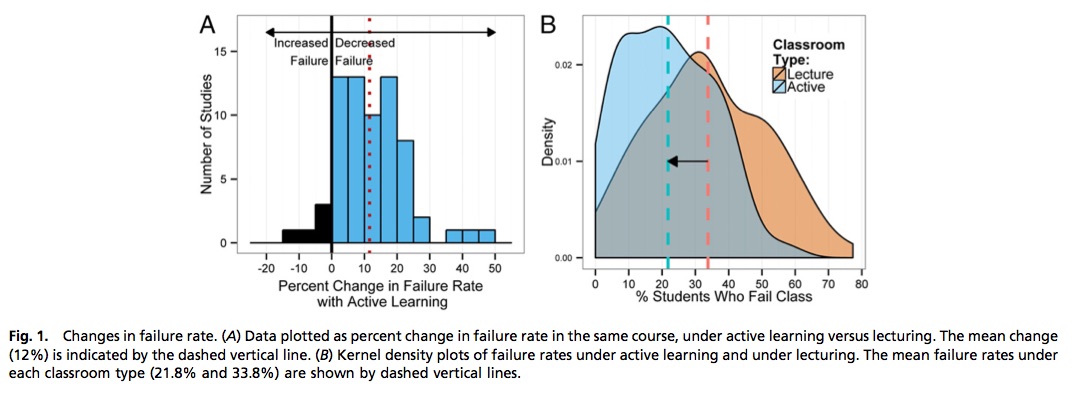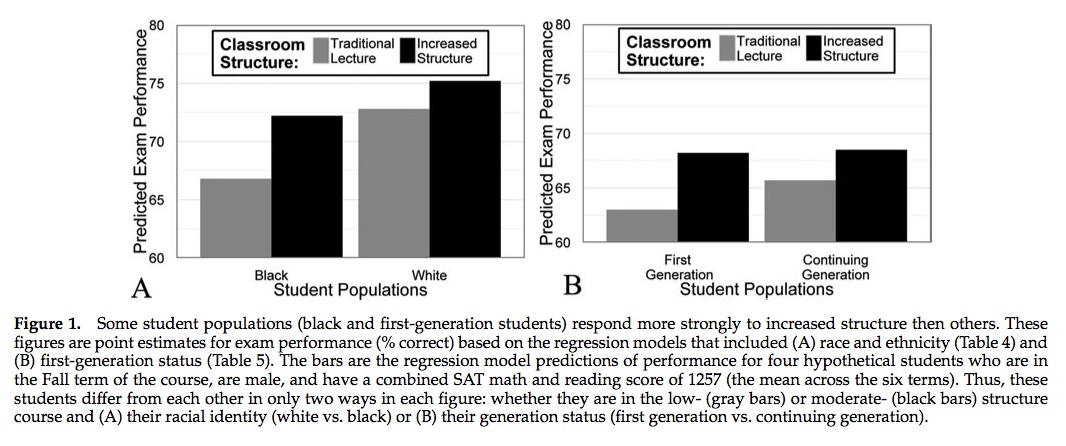I have been working on writing my learning objectives over the past couple of weeks and have found it a very valuable activity. The resources I wrote about in the previous post haven’t so much changed what I am doing as much as they have sharpened my thinking about it. I am finding that writing things out explicitly has made me bring things to the forefront that were vague or that I was just hopeful would happen. With this system, I am setting up the class work to increase the probability that they will happen. Students will be doing things in class and on assessments that require that they at least attempt all of the learning objectives.
Here is a small piece of what I have completed so far. It represents about a third of the semester in time and sets up some of the basic tools we need before we get deeper into the primary concepts.
The first column covers the multistructural level from the SOLO resource mentioned in the last post. The second and third column roughly align with SOLO’s relational and extended abstract levels. This last column is the one where my course has gained the most from this process. There are many things here that I hoped my students would be able to do, but had really only included them as that last bit on essay exams or that final complex question in a class discussion. I will be giving this diagram to my students and will be developing real activities and assessments based on these so that everyone must practice them.
This is only the first of what I assume will be many drafts. I will be using it this fall and testing it to see if it really represents the learning that I want my students to be doing and that it works within the bounds of my ability to assess students.
| Explain Key Sociological Concepts. | Apply Sociological Concepts to Social Phenomenon | Critically Evaluate Explanations of Human Behavior and Social Phenomena | |
| The Sociological Eye |
|
|
|
| Sociological Methodology |
|
|
|
| Data Analysis |
|
|
|


